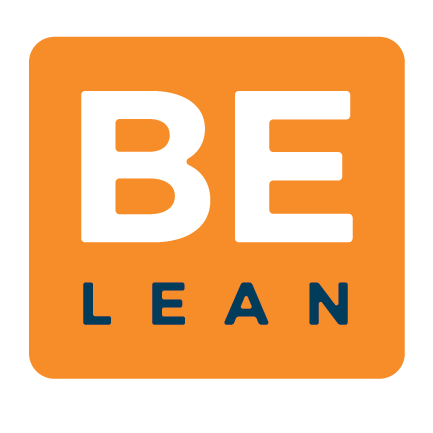The Importance of Actionable Metrics
In an era defined by big data, metrics have too often become overused and misunderstood. There’s a desire among many business leaders to collect every piece of data that they possibly can about their business to arm them with information that can give them a leg up.
Then again, just as often there are those who feel overwhelmed by the very notion of data and instead look at simple markers like revenue, production volume, or even instinct to tell them how the business is doing.
Either way, the result can be detrimental. Too much information can leave you swimming in a sea of dirty or segregated data, not being able to see the forest through the trees. Too little and there’s a complete lack of visibility between your top and bottom lines, leaving you charging full steam ahead not knowing where you’re headed.
Step 2: Measure actionable markers of progress
I’ve always believed that the most powerful weapon to mitigate risk is information. Having the right information to measure progress, prioritize work, and validate business assumptions is the cornerstone practice of building a lean business.
“Brad is one of the most amazing operators I’ve had the pleasure of working with. His ability to define relevant key performance indicators and drive an organization to success is unparalleled. Brad’s leadership is what it takes to manage an organization to success and any chance to work with him should be considered a jackpot!”
So what is the right information, and what’s just noise? The most important attribute of a great metric is that its actionable.
For a metric to be actionable, it must demonstrate a clear cause and effect. It should be able to answer whether a specific repeatable action will result in an expected measurable outcome. If it can’t, it’s a vanity metric - one that tells you what’s happening, but not why it’s happening.
A classic example of a vanity metric is gross sales. The number of customers that buy your product or service tells you nothing about whether customers demand your solution or how to sell it to them. If you sold 100 widgets in a month, is it because you blasted 100,000 potential buyers with a discount offer, or is it because 1,000 people were targeted with a compelling value proposition they resonated with? The sales numbers alone don’t tell the story.
When I worked with Power52 Energy Solutions, we thought critically about what metrics were most important to measure our progress and the risk factors we identified. We landed on three key metrics:
Value Metric - Sales Conversion Rate per Customer Segment
Which market segments respond to our value proposition the most?
Growth Metric - Marginal Profit per Watt of Power Produced
Is our business model financially sustainable as we grow?
Purpose Metric - # of Jobs Created per Project
Can the value we deliver to the communities we serve scale proportionally to the business?
Each of these metrics answer a very specific question at the heart of Power52’s business model. Moreover, they’re actionable and they align with each other.
If you could choose only 3 metrics to measure how your business is doing, what would they be?
The answer is pivotal in determining where to take the next step by implementing operational improvements.

